To my understanding, the desired DFA can be obtained by using a modified product automaton, as used for the intersection of L1 and L2, but the terminal states have to be defined differently. Instead of making a product state (q_1,q_2) a terminal state if and only if q_1 and q_2 are terminal states in A(L1) and A(L2) respectively, define it to be a terminal state if and only if q_1 is a terminal state and q_2 is not a terminal state.
I'm not quite sure if besides this elementary argument, the result can be applied by the set formulation of De Morgan's law.

